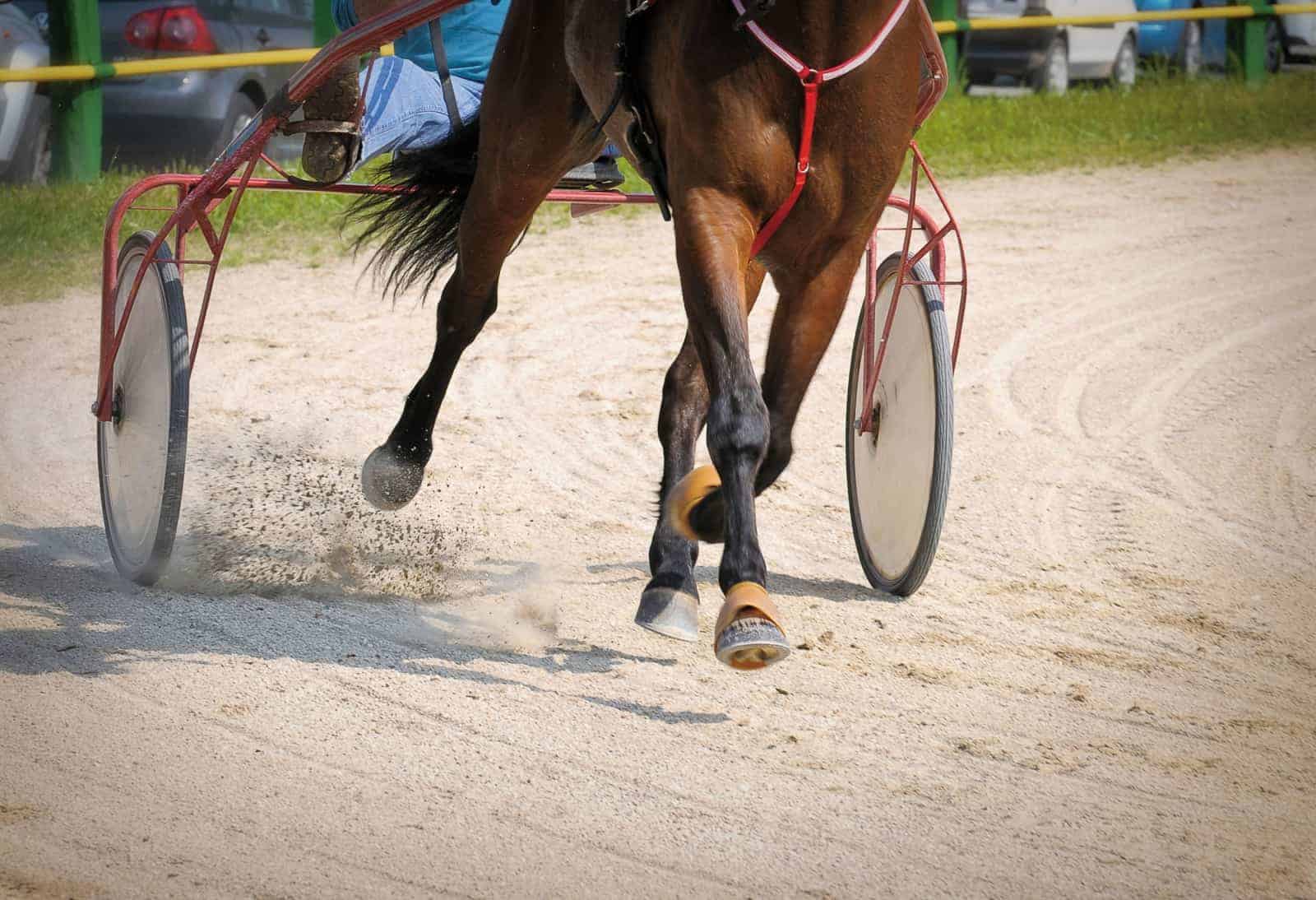Study Links Hard Tracks to Injury Risk in Harness Racing Horses

Hard tracks might have certain benefits when racing harness horses, such increasing internal structures’ loading rates. But new study results also showed a major increase in injury risk when training on hard surfaces compared to soft ones.
“We suspected harder surfaces led to more injuries, but we did not expect the rate to be so high,” said Nathalie Crevier-Denoix, DVM, PhD, Dipl. ACVSMR, of the Ecole Nationale Vétérinaire d’Alfort Equine Biomechanics and Musculoskeletal Pathology Department and the French National Institute of Agronomic Research.
In their pioneering study, Crevier-Denoix and her fellow researchers followed 12 3-year-old Standardbred racehorses of similar breeding and body shape over a four-month training program. Half the horses trained only on a hard track, and the other half trained only on a softer track. They worked three days a week for 16 weeks, except for the ninth week (in the middle of the training program) when they trained only once because they were undergoing various health exams in the clinic. Researchers also performed a complete clinical and imaging checkup at the beginning and end of the training program
Create a free account with TheHorse.com to view this content.
TheHorse.com is home to thousands of free articles about horse health care. In order to access some of our exclusive free content, you must be signed into TheHorse.com.
Start your free account today!
Already have an account?
and continue reading.

Written by:
Christa Lesté-Lasserre, MA
Related Articles
Stay on top of the most recent Horse Health news with











